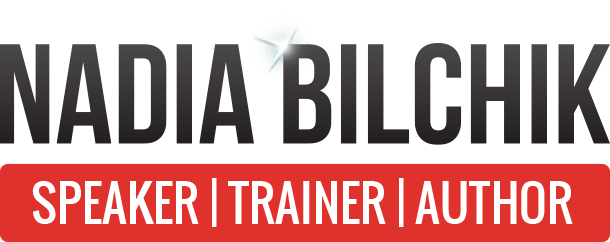I recently spoke with Shiraz Oken, an expert on organizational change who has worked many large corporations across the world. Here are some of her helpful insights on successfully managing the change process.
You’re an expert in leading change. Change is now more critical than ever – why?
Organizations today face internal and external pressures to change, some of the changes are planned like technology upgrades, mergers, acquisitions, integrations and changes in leadership, staff and other. Added to this is deep external pressure for companies to become deeply digital as they compete with digitally enabled start-ups that are taking significant slices out of their markets, and this applies across industry groups. Developing change-capable workforces that can be mobilized fast to help your organization pursue market opportunities, as digital technologies disrupt the way business has been done, is essential to the future success most organizations.
What are some things we need to think about to skillfully lead change?
I identify four primary steps in managing change:
- Define the change. Be clear on what is changing, what it means and how it will potentially impact you, your team, and your organization. Be clear about what you are driving toward becoming, and what success would look like.
- Enable the change by aligning leaders and key stakeholders around a defined roadmap for delivering the change and measure progress along the way.
- Engage relevant stakeholders appropriately through effective communication, training, and performance support and in providing ongoing feedback.
- Embed the change in your organization’s operations so that the change becomes part of “business as usual” by ensuring that the people who will be expected to sustain the change are engaged and informed along the way, so that transition to operations is seamless.
Not all changes are the same, some changes require minimal effort and intervention — for example, a small change to an existing technology can be addressed through a simple communication. On the other hand, transformational change that involves changes to the culture, the operating model, implementing new systems and processes, needs a robust plan to manage risks that could erode the return on investment in that change.
Our change models have evolved to better support short opportunity cycles. I see my role as not only providing guidance on a specific change, but providing people with the skills and the tools to effectively lead change in the long term, in essence making your workforce more agile.
Can you give any examples of this?
Nadia, there are so many examples. High-profile examples of agile startups that have “eaten the lunch” of more traditional bricks and mortar organizations include, of course, Amazon and Netflix. Not all organizations necessarily want to be first to market. However, many traditional retailers are investing deeply, to try and take back market share from companies like Amazon, and most have found that their biggest barrier to making this change as fast as they would like is their own lack of agility.
I work regularly with companies looking to drive market advantage through various strategies. Change involves an initial investment of time, money and effort. Realizing the targeted benefits from the change is dependent on multiple factors, including the ability of your organization to effectively drive the change. Generally speaking, the longer it takes to get people moving in a desired direction the more it costs, and more opportunities are potentially lost as competitors.
Another example is a financial services company (top 10 in its sector) that made a large investment in technology and developed an application that had the potential to transform the industry, as it enabled consumers to manage their own insurance and investment portfolios end-to-end from sales and underwriting, scheduling medicals, getting approvals accounting and payment solutions online. After piloting the app, the market was abuzz with anticipation. However, major resistance from various departments, leaders, and employees caused the launch to be delayed multiple times, and eventually delayed indefinitely to give the company time to adapt to the future state and to rally greater support from key stakeholders. A year later, a new and unknown startup went ahead and launched a better version of the application, and followed up with additional innovative services and took their place as a top-five financial services companies in its market.
Organizations need to build their change muscle so that when the need for major change occurs their organization is ready, willing and able to lead the charge.
For more information, please feel free to reach out at shiraz@greaterimpact.com.



